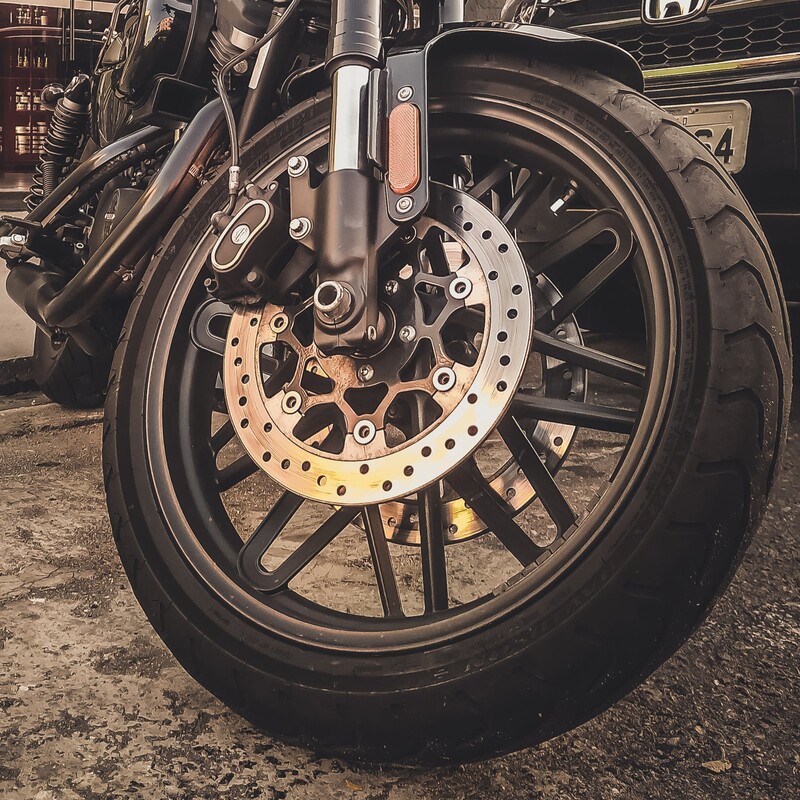Need Support?
Please provide your question. We’ll find you with the best support options.
Motorcycle bearings play a crucial role in ensuring the smooth and efficient operation of various components within a motorcycle. From the wheels to the engine, bearings are integral to reducing friction and allowing parts to move freely. In this comprehensive guide, we will delve into the intricacies of motorcycle bearings, addressing common questions and providing valuable insights for enthusiasts and riders alike.
Motorcycle bearings are mechanical components designed to facilitate smooth rotation between two moving parts. In a motorcycle, bearings are found in critical areas such as the wheels, engine, transmission, and suspension systems. The primary purpose of bearings is to reduce friction and allow for the seamless movement of parts, enhancing overall performance and longevity.

Wheel bearings are perhaps the most recognizable type of motorcycle bearings. Found in both the front and rear wheels, these bearings support the wheel hub and enable it to rotate freely.
The replacement frequency depends on factors such as riding conditions, maintenance practices, and the quality of the bearings. Generally, wheel bearings may need replacement every 20,000 to 30,000 miles, while engine and transmission bearings might last longer.
Common signs include unusual noise (grinding or whining), vibration, wheel misalignment, and difficulty in turning. Regular inspections during routine maintenance can help identify potential issues before they escalate.
Regular maintenance, including proper lubrication, is key to extending bearing life. Ensure that bearings are adequately greased and inspect them for signs of wear during routine check-ups.
No, different motorcycles may have specific bearing sizes and types. It's crucial to consult the motorcycle's manual or seek professional advice to ensure you install the correct bearings for your specific model.
In conclusion, understanding the role of motorcycle bearings and their maintenance is essential for riders who want to ensure a smooth and safe riding experience. Regular inspections, proper lubrication, and, if necessary, upgrading to high-quality bearings can contribute to the longevity and optimal performance of your motorcycle. By addressing common questions about bearings, riders can make informed decisions and enjoy a more reliable and enjoyable riding experience.
The Advantages ISK High-Level Motorcycle Bearings
We use durable material, GCr15 (AISI 52100), as the base to conduct multiple grinding processes and enhance the stability of the bearings by controlling the heating treatment proficiently. It allows our bearings to run with lower friction, lower vibration, and better transmission efficiency, which brings a smoother riding experience. ISK motorcycle bearings comply with the automotive industry standards, IATF 16949. All these conditions not only affect fuel consumption, riding comfort and safety, but also reduces future wear and tear and the burden to the environment.
This is why ISK motorcycle High-level bearings can provide users with a more satisfying experience and bring longer-term benefits to your business.
 Extended reading:
Extended reading:
Master the Ball Bearing Size Chart
Bearings Types: How to Optimize Your Applications
Discover more about the features and applications of various bearings.
Click here to explore more articles and find the perfect bearing for your project.
Needle Bearings (Roller Bearings) are a type of bearing that performs exceptionally well at high speeds. Their rollers are precisely guided by specially shaped, high-rigidity cages with minimal dimensional error. Despite their small cross-section, needle bearings...
How Do Ball Bearings Work? Bearings are often small and unassuming components in a product, yet they are crucial for its proper functioning. Without bearings, many products would fail to operate effectively. But do you know how ball bearings...
Please provide your question. We’ll find you with the best support options.